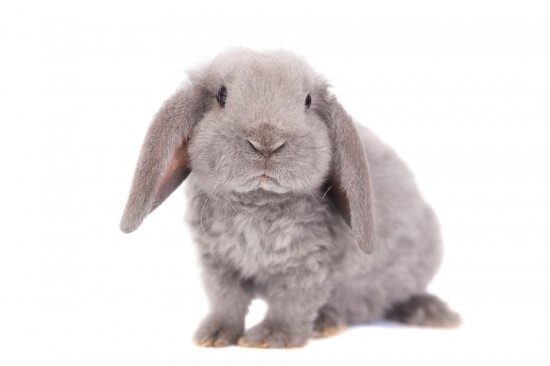
The Easter Bunny, a prominent symbol of Easter which has been around for hundreds of years, is understandably the best part of the Easter holiday for kids. Kids look forward to putting out their baskets and searching for them on Easter morning, after the Easter Bunny has come to their home and filled their basket with candy and other goodies. All of this begs the question, where did the Easter Bunny come from? How did the rabbit become the center point of the holiday and why a bunny rabbit? These are all great questions. Let’s explore the origins of the modern day Easter Bunny:
While Easter is the most important of Christian religious holidays, a celebration of the crucifixion and resurrection of Christ, the emergence of the Easter Bunny has its roots in the pagan feast for Eostre. The rabbit, or bunny, believed to be the earthly incarnation of Eostre, was revered and cared for by Anglo-Saxons in the pagan world. The Easter Bunny finds its origins in Alsace, France and southwestern Germany as part of a pagan celebration. The bunny rabbit’s involvement in the celebration of Eostre eventually was into the Christian celebration. The bunny rabbit has been around since the 1600s. In fact, the first rabbit was mentioned in writing in Germany at this time.
When the Anglo-Saxons converted to Christianity, their pagan holiday celebrating Eostre occurred around the same time as the Christian celebration of Jesus’ resurrection; thus, they were combined and named Easter.
Easter Bunnies were first made as confections and treats in the early 1800s in Germany. They were pastries in the shape of a rabbit and were given to children to enjoy during the celebration.
The Easter Bunny came to America in the 1700s with the German settlers who arrived in the Pennsylvania Dutch country. They would celebrate Easter, much the way we do Christmas, with the anticipated arrival of the Easter bunny, or O ster Haws e. If the children laid out brightly colored nests in secret places within their homes, the Easter Bunny would lay brightly colored eggs in the nests. The nests were often created from caps and bonnets, and the children would use them to hold their eggs, much as you would a basket.
The tradition quickly spread, and became more commercialized as retailers realized they could manufacture baskets, nesting materials and plastic eggs to fill with candy. Now of course, instead of putting the cap or bonnet in a secret or secluded place in your home, you put a basket out, and the Easter Bunny hides it.
The Easter Bunny originated in Germany as part of the pagan celebration of spring, which was combined with Christian celebration of Easter to create the modern day Easter. The Easter Bunny’s role is akin to that of Santa Clause in that it brings goodies to children during the night.
